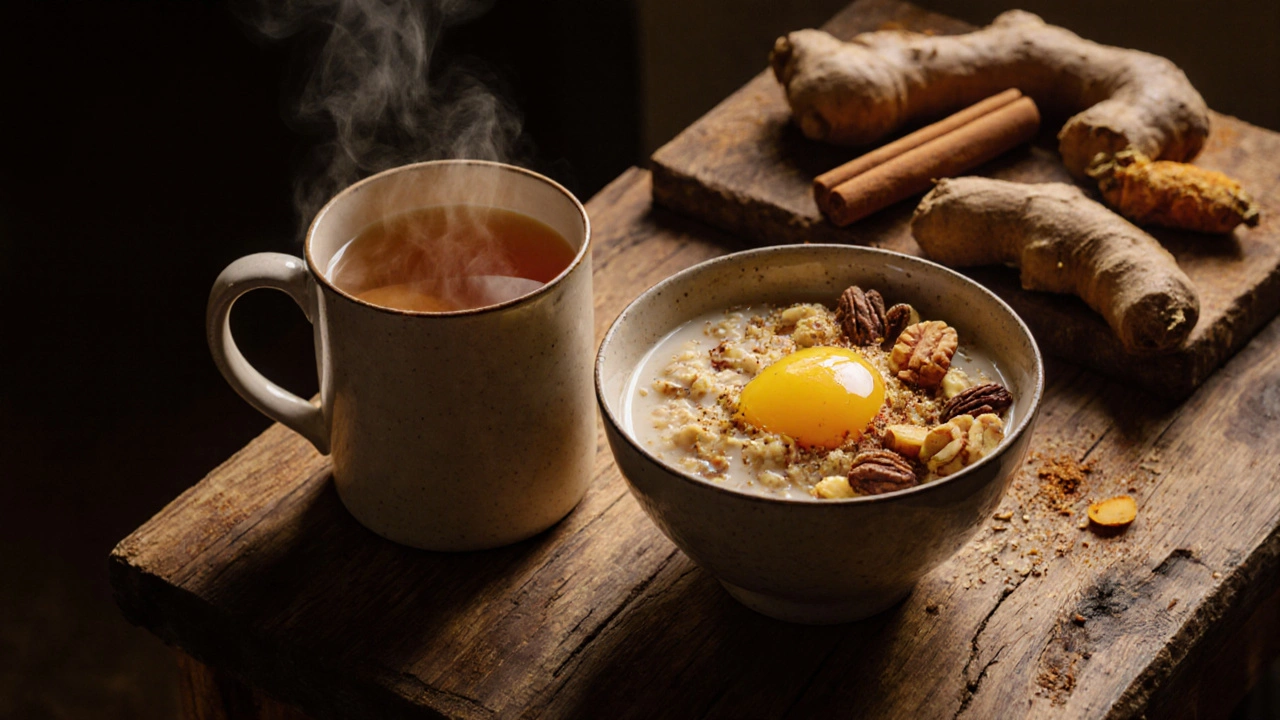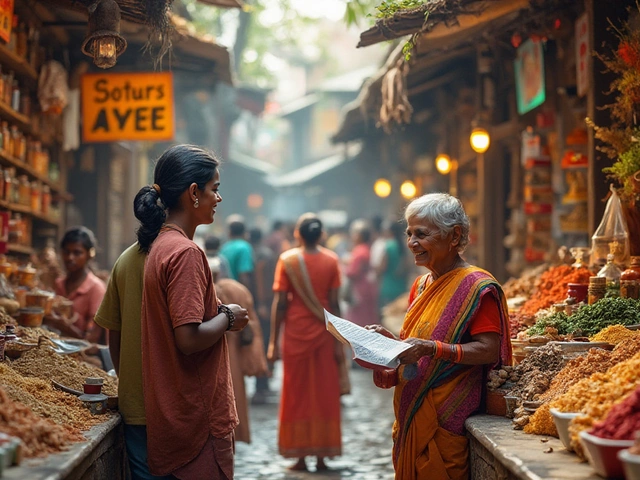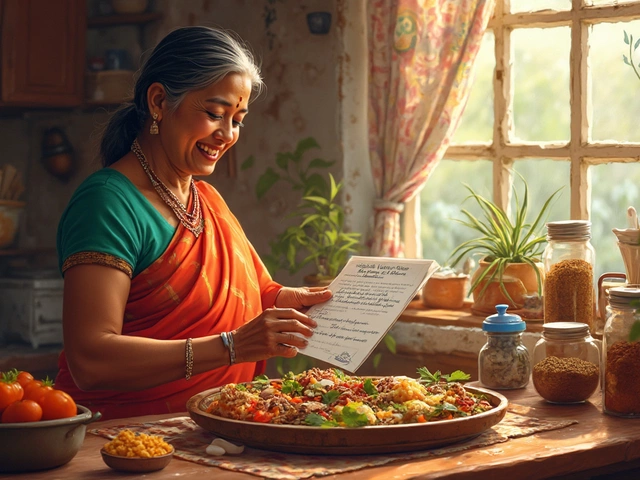Best Ayurvedic Foods: What Works and What to Avoid
When people talk about the Ayurvedic foods, a system of dietary and lifestyle practices rooted in ancient Indian medicine that focuses on balancing the body’s three doshas—Vata, Pitta, and Kapha. Also known as Ayurvedic nutrition, it’s not just about eating healthy—it’s about eating in sync with your body’s natural rhythm. Unlike modern diets that push one-size-fits-all rules, Ayurveda says your ideal food depends on your unique constitution. What soothes one person might agitate another. That’s why the "best" Ayurvedic foods aren’t a fixed list—they’re a match for your inner balance.
Think of turmeric, a golden root long used in India to reduce inflammation and support digestion. Also known as haldi, it’s not just a spice—it’s a cornerstone of Ayurvedic healing, often paired with black pepper to boost absorption. Then there’s ghee, clarified butter used to lubricate the digestive tract and carry nutrients deeper into the body. Also known as Indian clarified butter, it’s not fat to fear—it’s fuel when used right. These aren’t trendy superfoods. They’re tools, chosen for how they interact with your body’s internal environment. And they’re not meant to replace medicine, but to support it—especially when combined with mindful eating habits, like eating slowly and avoiding cold drinks during meals.
But here’s the catch: not every "Ayurvedic" product on the market is actually Ayurvedic. Some brands slap the word on packaged snacks full of sugar and preservatives. Real Ayurvedic eating means whole, seasonal, minimally processed foods. It means warm, cooked meals over raw salads if you have a Vata imbalance. It means avoiding leftovers if your digestion is weak. It’s about timing as much as taste. The 80/20 rule in Ayurveda, a practical guideline suggesting you eat until you’re 80% full and leave 20% for digestion. Also known as digestive balance principle, it’s one of the simplest yet most powerful habits you can adopt.
What you’ll find in the posts below isn’t a list of magic ingredients. It’s real talk about what people actually use in India—how turmeric is cooked, why ghee is preferred over oil, which spices calm the stomach, and which "healthy" herbal blends might be doing more harm than good. You’ll see how Ayurvedic foods connect to daily routines, how they interact with modern meds like metformin or Mounjaro, and why some people swear by them while others feel worse. No fluff. No hype. Just what works, what doesn’t, and how to tell the difference.

Ayurvedic Breakfast Guide: What to Eat Every Morning for Each Dosha
Discover the perfect Ayurvedic breakfast for your dosha. Learn warm, balanced morning foods, seasonal tweaks, and practical tips to boost digestion and energy.

Toughest Surgeries for Orthopedic Recovery
Feb, 25 2025

Unveiling the Risks of Herbal Supplements
Dec, 14 2024

Ozempic and Metformin: How Much Weight Can You Lose?
Feb, 17 2025

